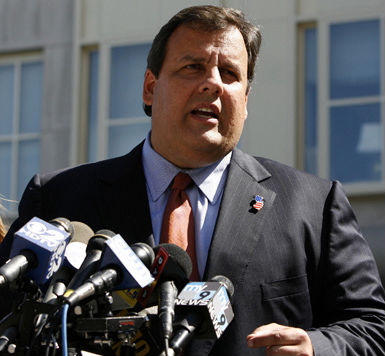It was the closing hours of Louisiana’s legislative session, and a seemingly routine bill was whizzing through the Senate and House as lawmakers were preparing to leave for their recess.
But lost in the shuffle was the fact that this bill was anything but run-of-the-mill. That’s because it included an earmark, written behind closed doors and tacked on at the last minute, increasing pension benefits for two state police officers to the tune of $300,000.
Since the pension provision was attached to a larger, unrelated bill, the provision wasn’t debated and didn’t go through the traditional legislative process of passing through committees before seeing the floor for a vote.
From the Associated Press:
In the final hours of the legislative session, state lawmakers crafted a pension law change that gives Louisiana’s state police superintendent and one other trooper a sizable retirement boost, with no public debate of the implications or the cost.
The price tag is estimated to be $300,000.
The deal was struck in a six-person legislative committee behind closed doors, with the bill’s sponsor saying he had no understanding what the law change would do and no one directly taking ownership of the proposal.
“Either somebody’s not being candid or somebody didn’t read this bill. That much is clear,” said state Treasurer John Kennedy, who has raised concerns about the legislation.
The superintendent, Col. Mike Edmonson, says the change in the way his retirement benefits will be calculated was about fairness.
However, that argument was never given a public vetting because the merits of the law change didn’t go through the traditional hearing process for legislation. Instead, it was tacked into a bill dealing with a different subject and rushed through the House and Senate as they were getting ready to go home.
The board for the Louisiana State Police Retirement System is now investigating whether the pension provision went through the proper channels before being tacked on to the larger bill and subsequently passed.
The bill’s sponsor, Senator J.P. Morrell (D-New Orleans), wasn’t aware of the details of the earmark until his staff told him. From AP:
Morrell said he doesn’t know who sought the add-on to his bill, which initially dealt with the rights of law enforcement officers under investigation. He said he was told by legislative staff that the new language was an innocuous retirement fix for law enforcement officers.
But he acknowledges he didn’t follow up.
“When someone’s hitchhiking on your bill at the last minute of session and the hitchhiker was seemingly innocuous, it was my responsibility to make sure it was innocuous and I didn’t do that,” Morrell said.
Police Col. Mike Edmonson, the beneficiary of the pension tweak, said the change in benefits was fair. But he also expressed reservation about the process that led to the change.
“I do agree that the timing, the way it comes out at the end like that, it looks like it’s something that shouldn’t have happened,” Edmonson told the Associated Press. “It was fair. It’s just unfortunate that it came out in the last point of the session like that.
The previous formula used to calculate the two officers’ benefits was left over from a now-defunct retirement plan. The new tweak in the benefits formula for the officers puts them more in line with how other current state employees’ benefits are calculated.
Photo by Daniel Foster via Flickr CC License









